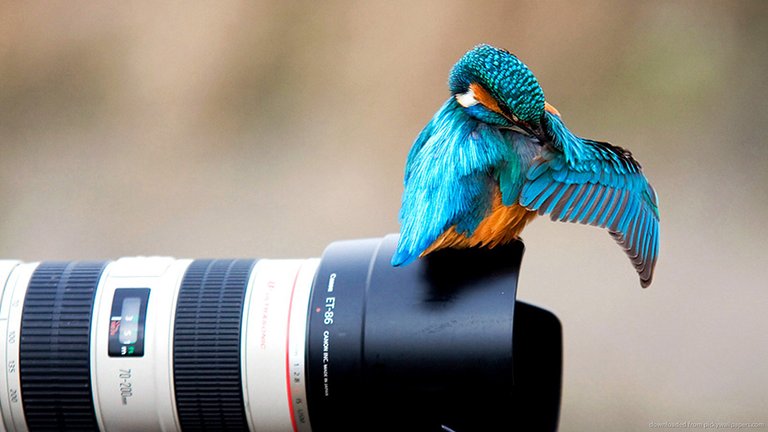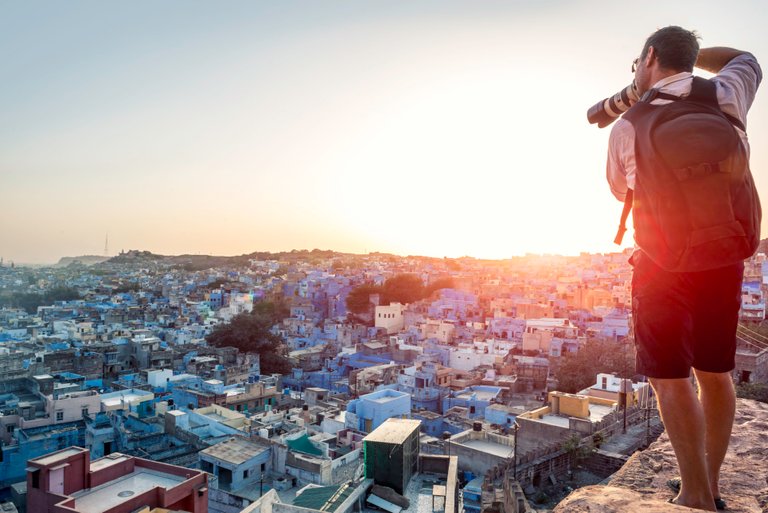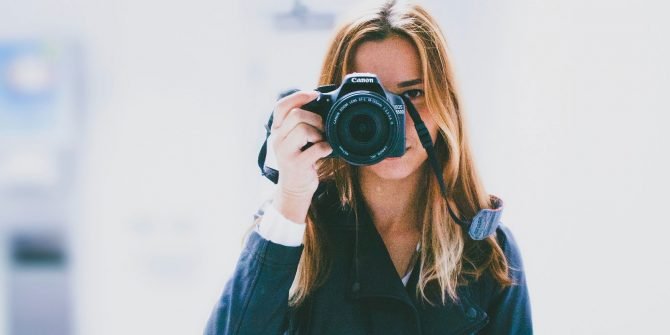
If you have no prior experience, getting started in photography can seem like a daunting task. People who are new to photography may not know where to begin because of the extensive amount of information available on learning photography. Follow these guidelines on how to organize your resources, and apply them to creating memorable images.

Change the direction of your camera's flash to avoid the appearance of red eye. When a flash goes off directly in line with someone's eyes, the result can be red eye. Reducing red eye will improve the quality of your pictures and give your subjects a more realistic appearance.

Use the right lens for the job. If you are photographing a landscape, for example, you need a wide-angle lens that will let you capture as much of the scene as possible, while sporting events generally require a telephoto lens that let you capture faraway players in high detail. Knowing what lens to choose will make it much easier to produce quality photos.

Keep your arms close to your sides when you are holding the camera, and hold on to the bottom of your camera. The idea here is to reduce the shaking caused by normal movements. The end result should be clearer photos. Keeping your hands under the lens and camera, instead of holding it at the top, will also help you avoid dropping the camera by accident.

You should think about getting a tripod. A good tripod offers you more stability and allows you to take your time composing your picture. Get a tripod that give you flexibility in height and positioning. Tripods are a useful tool for certain kinds of pictures only. Do not use a tripod if you are looking for a unusual angle.

These tips should give you some useful information to help you organize your thoughts on photography. If you follow the above tips and keep practicing, the quality of your photos will steadily improve.